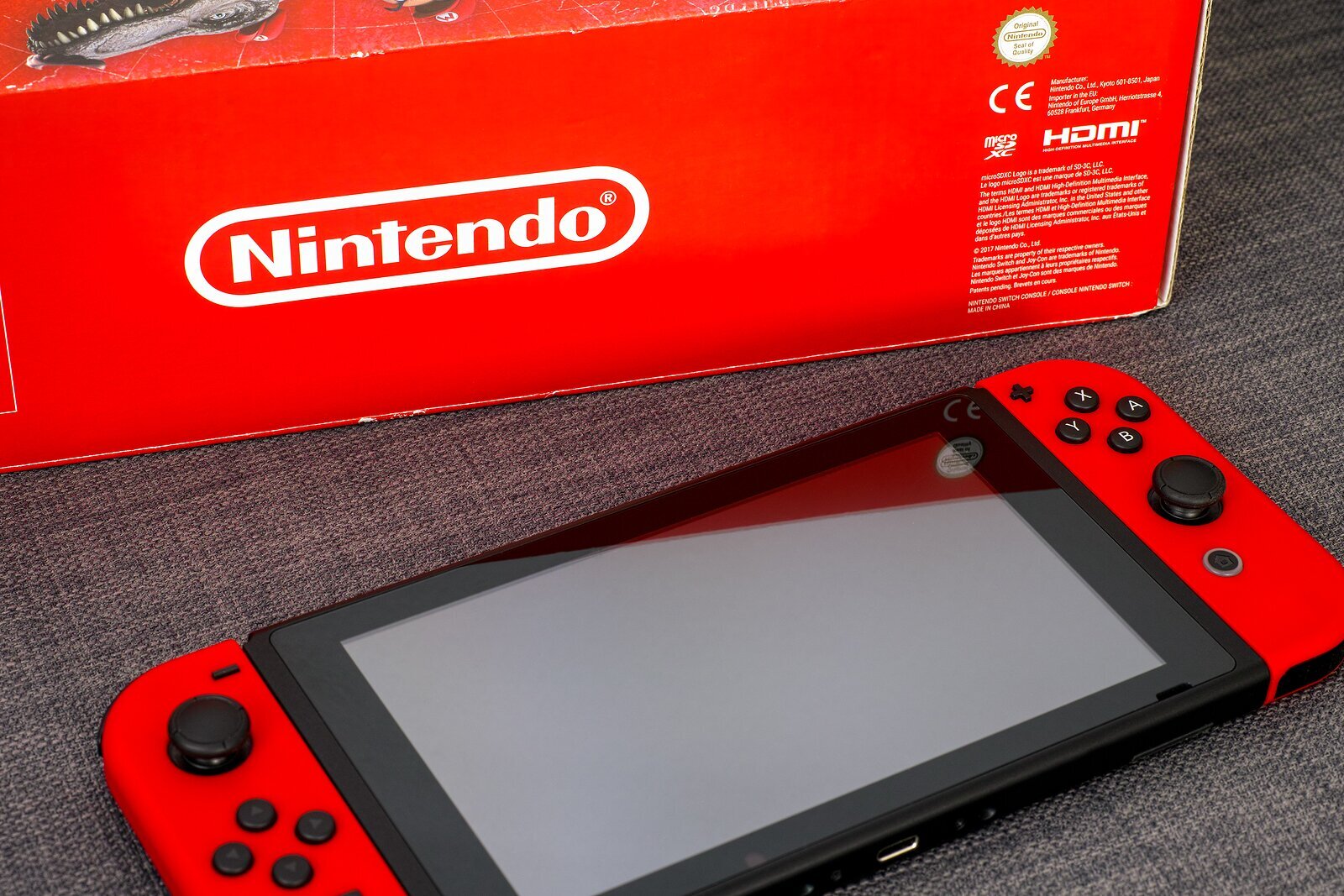In today’s economy, most organizations are locked in fierce competition with others in their industry. They compete for the same customer base, which results in them competing for rather slim profit margins. They battle for mere slivers of market share that could just as easily go to the next company in line in the blink of an eye.
But why is this? Why is competition so fierce, and why do profits seem to continuously decline?
Many organizations have had success in the past and have been riding on the back of that cash cow for far too long — so long, in fact, that the competition to copy your product or service and steal your margins may have come and gone already, leaving you in a plateau of stagnant sales and poor morale.

In the business world, when you create something successful, others will copy it. This keeps happening, and it will keep happening as long as people are around. When competitors make the same things you do, you lose customers and money.
With new businesses coming to the market every day; new, innovative products and services constantly making incremental to enormous impacts on customers and industries; and competition in the form of a high-velocity battle over commodities, you need to ask yourself:
“Is it worth it to stay loyal to my tried-and-true cash cow, just to struggle over diminishing market share?”
The way of the future is to decommoditize
You will likely find that the answer to that aforementioned question is “no.”
The one thing that all continuously successful businesses have in common is their ability to decommoditize their product or service — to redefine something that either is a commodity or has become one in their industry as a result of their efforts.
This can be approached in different ways, but largely, it has to do with altering your offerings in a way that appeals to either new markets or the same market but in an entirely different way.
Commodities evolve with time. Think of something that was a commodity decades ago that is no longer one today. Now think about products or services existing today that are similar to that commodity. These were derived from the original commodity.
The telephone was once a hot commodity prior to the new millennium. Smartphones were derived from telephones, as technology and customer needs evolved, making the traditional telephone nearly obsolete.
Now you are starting to see exactly what it means to decommoditize your product or service to create new growth!
Nintendo made the switch — literally. Can you?
More of what I want to talk about today is the concept of changing your current view and strategy completely to find new opportunities in the realm of those products or services you will decommoditize by going opposite.
I have spoken about the Law of Opposites in the past, and it involves not only looking but actually going in the exact opposite direction from your current view for a solution to a problem. If your long-standing product or service has stagnated or begun to see a decline in sales, to decommoditize does not mean to scrap the product or service, but to take a different route.

Let me tell you a story about a company we are all familiar with in one way or another: Nintendo.
Most of us know Nintendo as the original entrepreneur in the video game industry. What many people do not know is that it began as a company that sold Japanese playing cards, and that it was extremely successful in this arena.
But as Nintendo expanded into the rest of the world, they discovered the limitations the playing card industry presented.
At first, Nintendo designed their cards differently to appeal to a wider audience, getting both celebrity and Disney endorsements. But this proved to have only limited success, as Nintendo saw their sales dropping rapidly and their industry suffering from oversaturation (as there were competitors mimicking what they had done).
Instead of continuing what they were used to, they decided to take a different approach. In fact, they took a completely opposite approach.
Nintendo looked to the Hard Trends they knew about in at-home entertainment. They found that:
- Kids would always need ways to entertain themselves.
- Technology was quickly advancing.
They looked in a completely different direction from the physical playing cards they were making and changed their business strategy to developing digital games for children. By creating the first shooting system arcade game, Nintendo found themselves in a new industry in the world of entertainment.
And once arcade-type games became an oversaturated industry, did they abandon ship completely and switch to making office supplies or work computers? No! They merely changed their viewpoint on their success by entering the home entertainment system market and creating the first at-home gaming console!
Go opposite, decommoditize, and attract new customers
The point that we can take from Nintendo is that instead of milking a cash cow past a point where it no longer produces milk whatsoever, you must go opposite to decommoditize your offering.

An oversaturated market of anything means there is very little differentiation in what is offered to customers. They can essentially get what they are looking for from anyone, including you. Yet you must remember that going opposite and decommoditizing your products or services is not a one-time deal.
As we can see with Nintendo to this very day, they continuously decommoditized their products to bring freshness to the industry. So many companies find their cash cow, decommoditize, and then sink right back into the metaphoric milking parlor, so to speak.
Ask yourself, “Am I relying on high inventory just to make a small amount of profit? Am I exhaustingly fighting for every customer and every shred of market share? Are my sales still declining?”
To be an Anticipatory Organization, look at the Hard Trends outside of your industry, change your mindset by looking in the opposite direction as needed, and above all else, do not stop. The key to continued success is in the title: continued. It is not staying on the same path — it is continuously decommoditizing to find new strategies and opportunities in innovation.
You have heard the phrase “opposites attract,” right? I believe this to be completely true for going opposite to decommoditize. Going opposite attracts new customers, creates new innovations, and increases profit!
For more business and entrepreneurship tips, subscribe to our weekly newsletter and follow us on Twitter, Facebook, Instagram, and LinkedIn.







![The 15 best finance websites you should bookmark right now [2025 Edition] alphagamma The 15 best finance websites you should bookmark right now [2025 Edition] entrepreneurship finance opportunities](https://agcdn-1d97e.kxcdn.com/wp-content/uploads/2024/09/alphagamma-The-15-best-finance-websites-you-should-bookmark-right-now-2025-Edition-entrepreneurship-finance-opportunities-300x350.jpg)